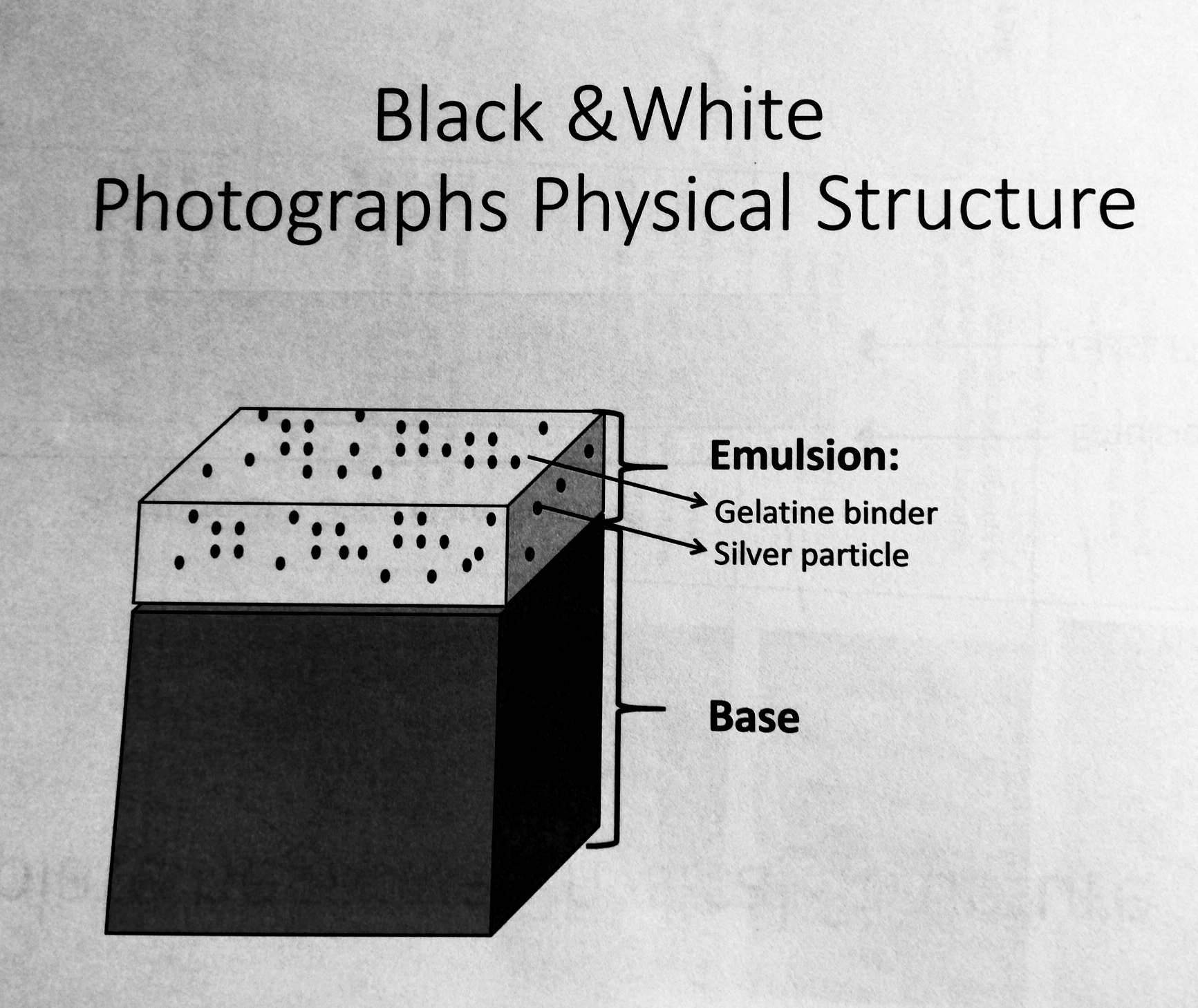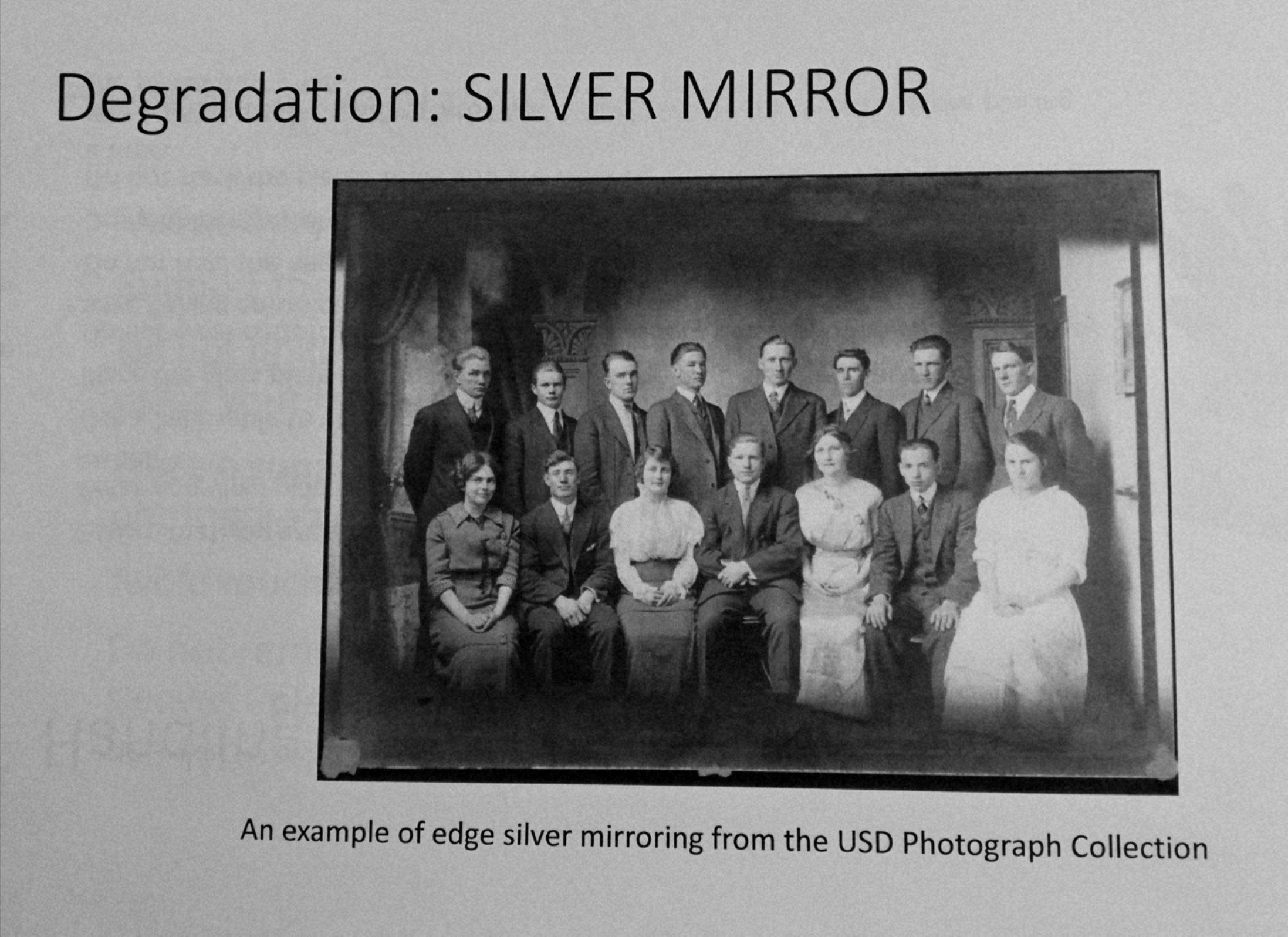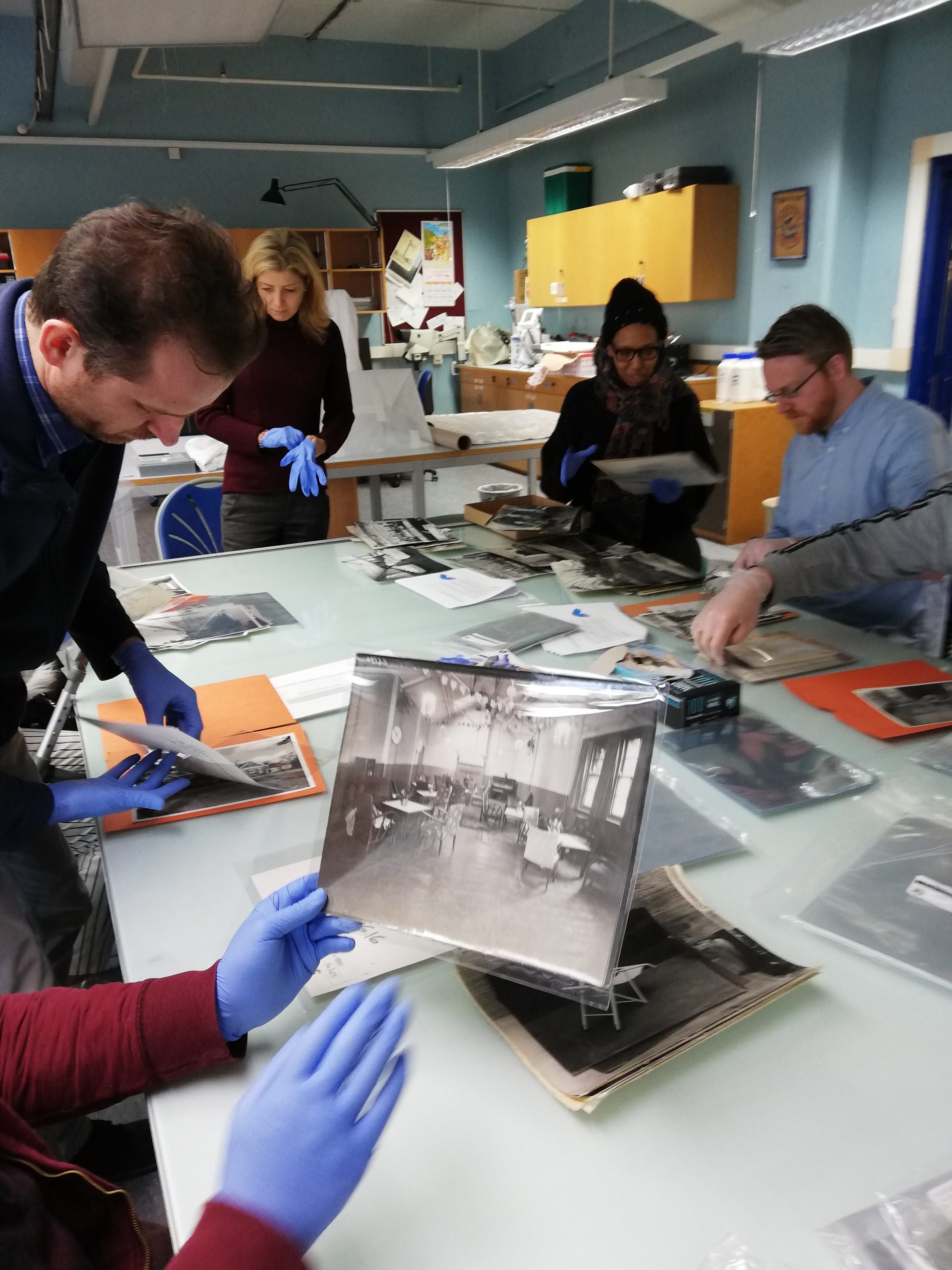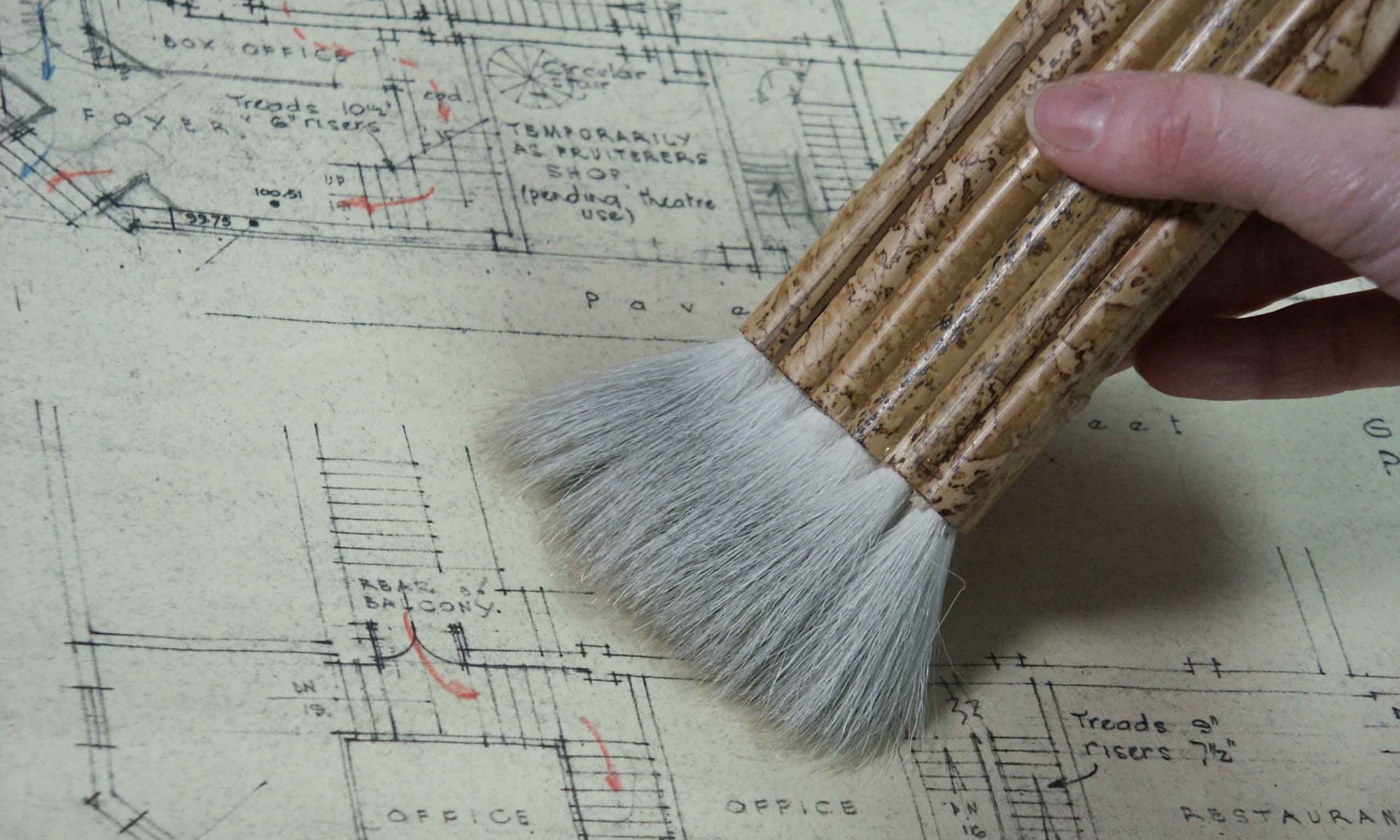Session 5 at LMA 6th March 2020. Historic Photographs
This week’s session began early for Caroline De Stefani and myself as we spoke to our researcher Daisy Rubinstein about our experience of the project. During this discussion a key reflection for me was how the physical characteristics of the collection items – the smell of old leather, texture of parchment and sounds of different papers – seem to be especially engaging for participants.
Everyone arrived in two taxis from SMART and we began lunch by washing our hands following guidance from our Covid-19 Virus risk assessment.
Once the workshop started our first task was to fold and wrap the boxes we had measured last week around the books. We were joined by LMA’s Learning and Engagement Manager Aimee Taylor, and, as we grappled with getting the labels stuck down in the correct place and the right way up, she remarked, “Conservation is so detailed…….”

We then discussed the materials that glass plate negatives and silver gelatine photographs are made from.

I mentioned that the era of the physical photograph is over, and we talked about how completely different digital data and prints are. We looked at some of the different supports used in photography (glass, paper, plastic), and at the image and emulsion layer – commonly silver particles that form an image in a gelatine layer.
“Gelatine, is that bones?” asked Julia (not her real name).
“Yes,” I answered, “that’s what the rag and bone man used to collect.”
“Photographs are made from bones? Human bones?”
After establishing that the bones were animal, probably horse, the conversation moved on, to grave robbing and autopsy, before we returned to historic photographs. The handout we provided also included a list of ‘dos and don’ts’ such as wearing vinyl gloves, keeping prints and negatives on the table, etc.

Looking at the prints and deciding which size polyester sleeve to use
Following tea, we were joined by Tom and Nana (a volunteer working with SMART) after they had been interviewed by Daisy. We spent the rest of the session re-housing black & white photographs of hospitals and asylums into polyester sleeves. The photographs varied in size and the correct polyester sleeve had to be chosen. This activity was quite hectic as everyone took part with enthusiasm and we re-housed four boxes in record speed!

Looking at photographs of a hospital sitting room for live-in nurses
Next Friday the Project Steering Group is meeting on the same day as the SMART art group, and will take place at SMART. The Steering Group is made up of the partners, staff, researchers and participants, and it is the main vehicle for managing the project . There will also be a focus group meeting for participants with Daisy.
C4W team on the day
Caroline De Stefani – LMA Studio Manager and C4W conservation lead
Helen Lindsay – Collections Care Consultant and C4W project co-ordinator
Tom Exley – SMART Art & Design Tutor and C4W project co-ordinator
Aimée Taylor – LMA Learning and Engagement Officer
